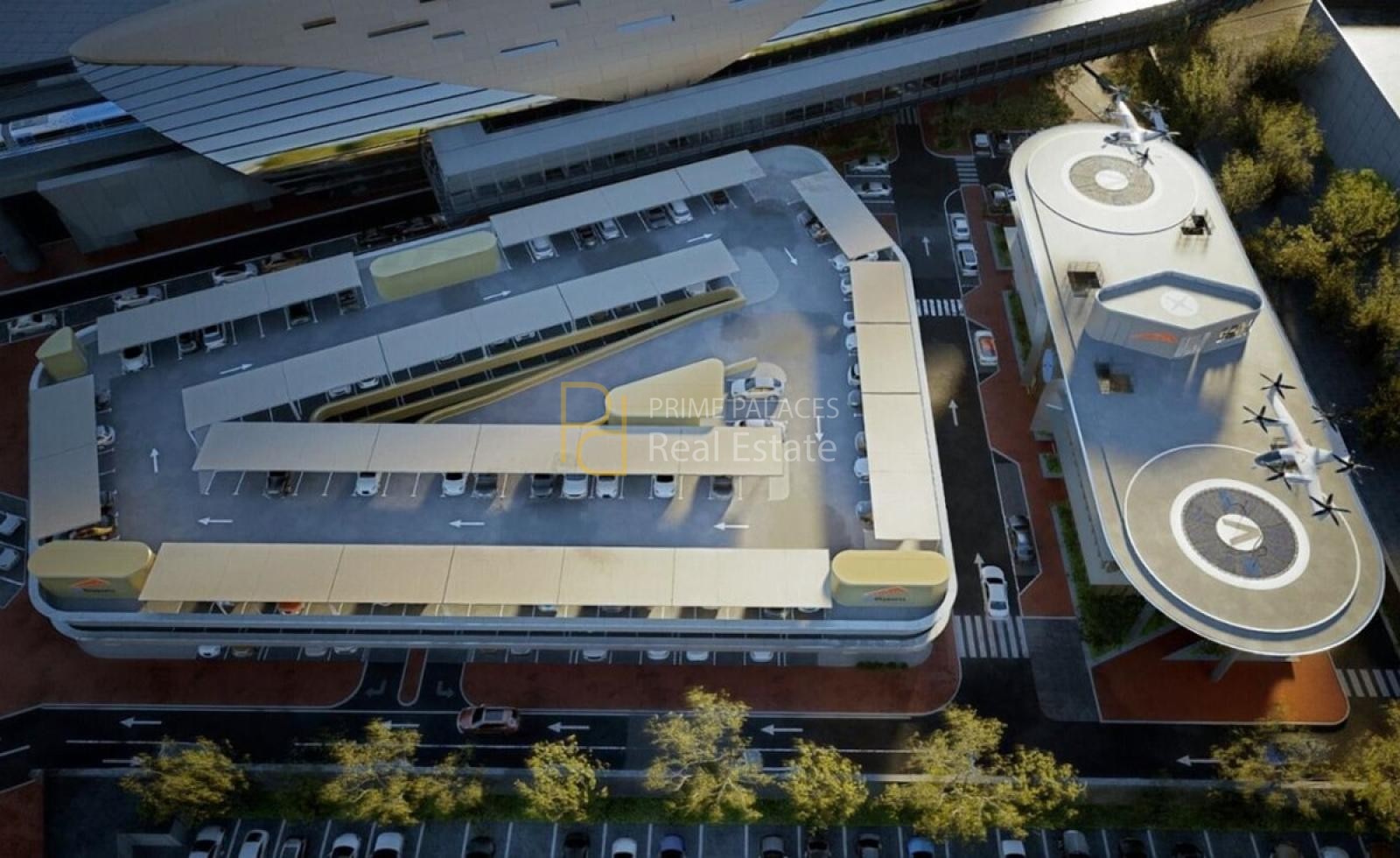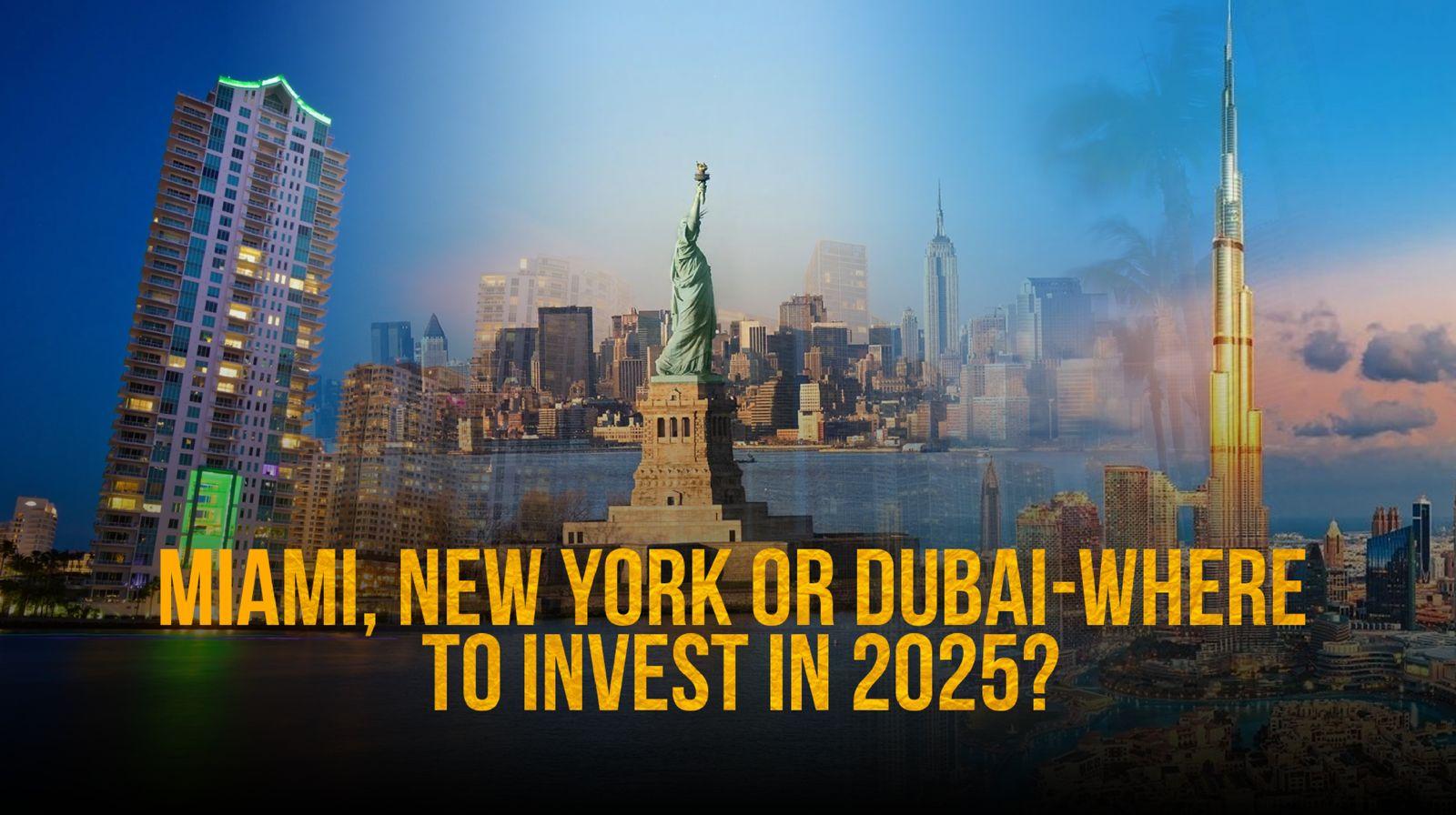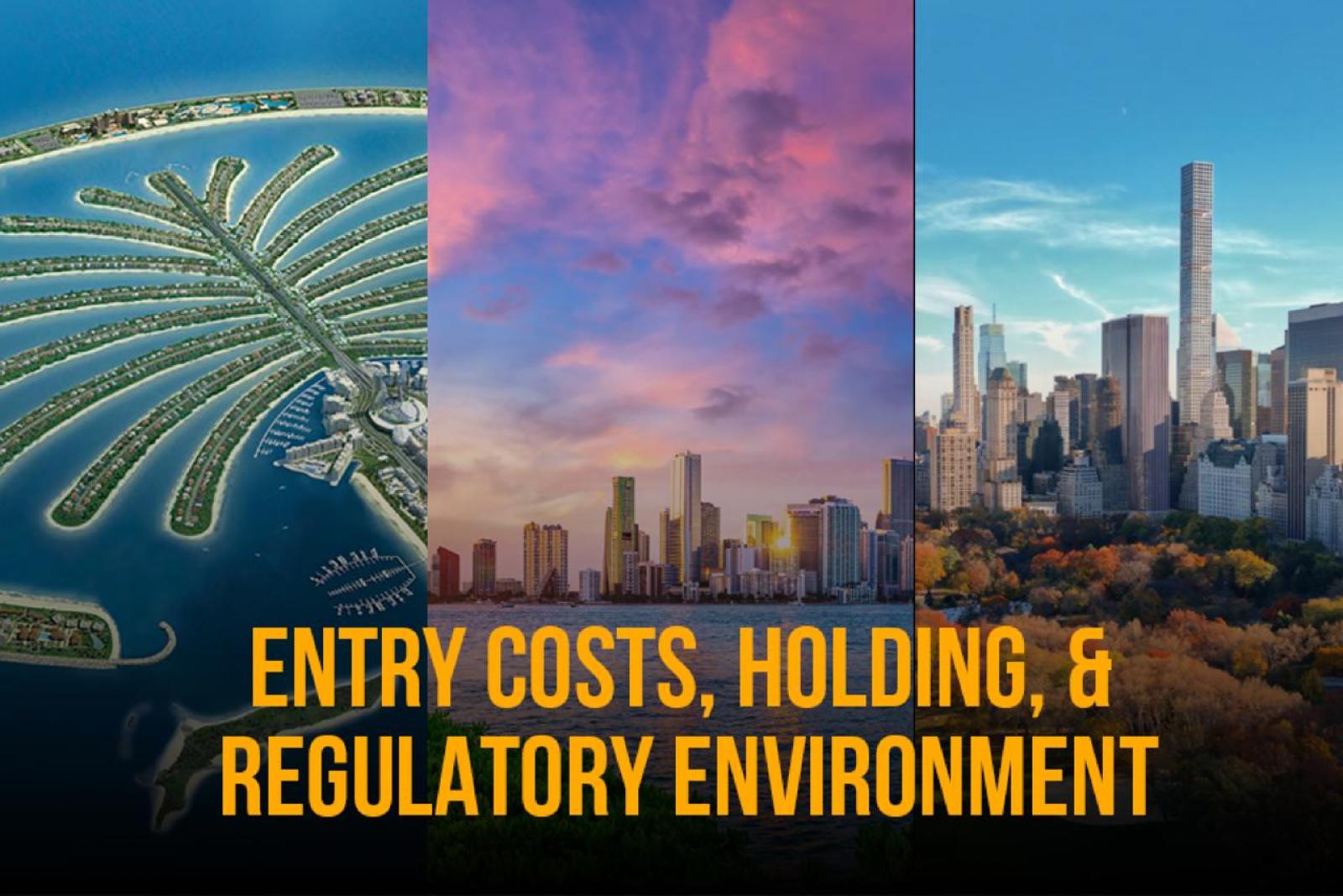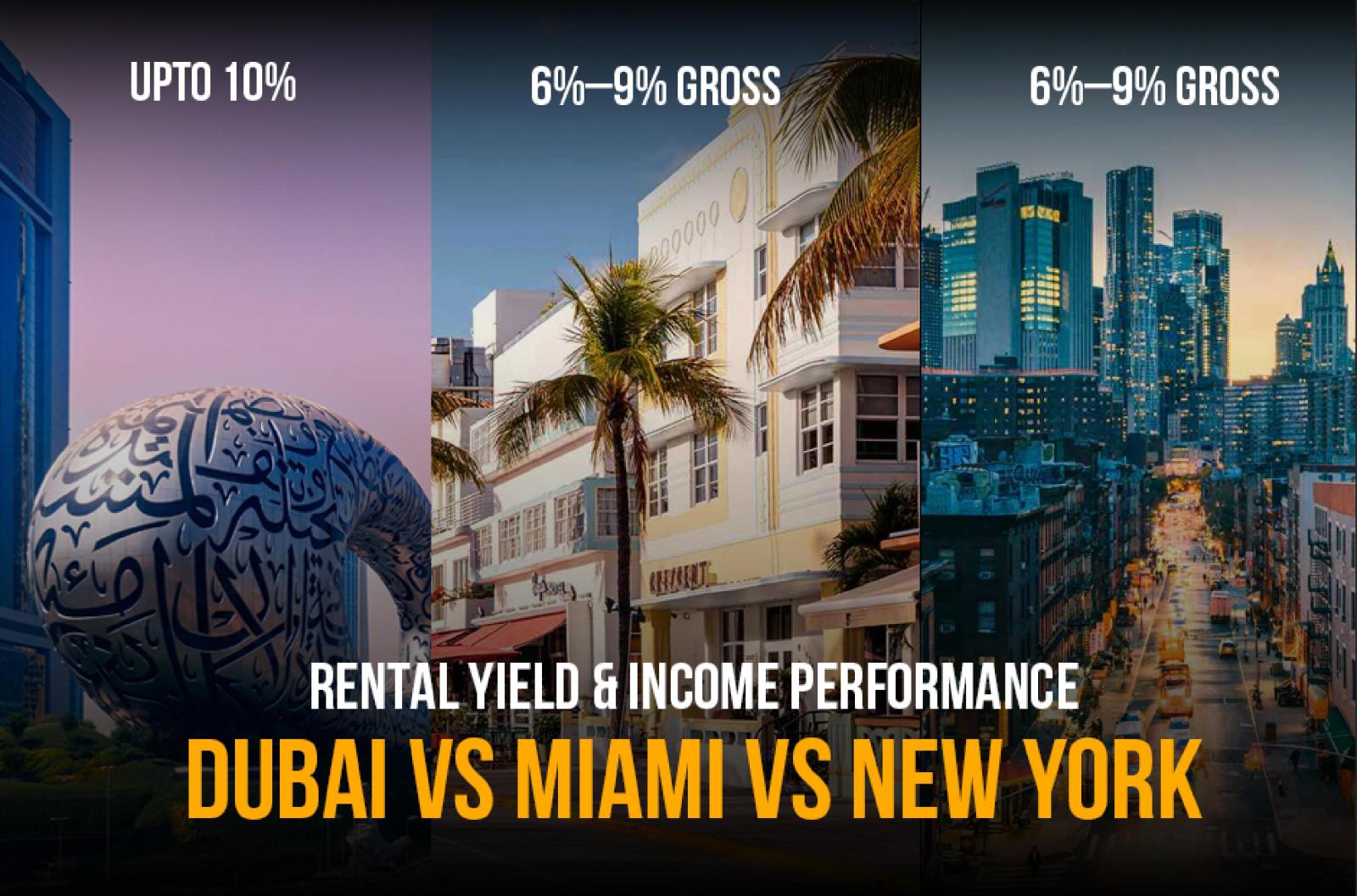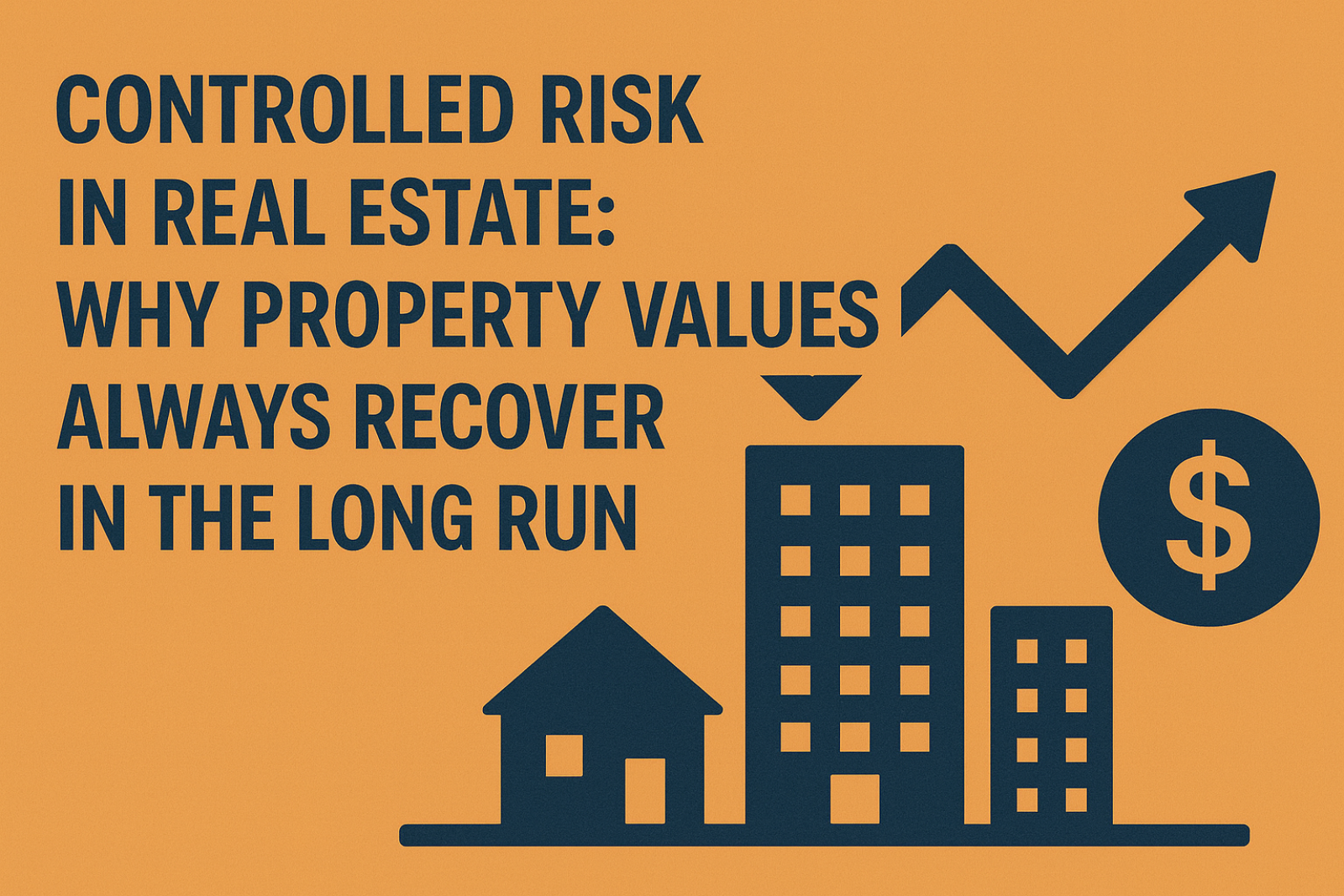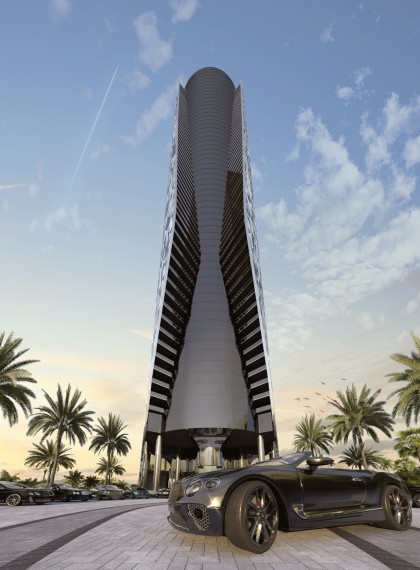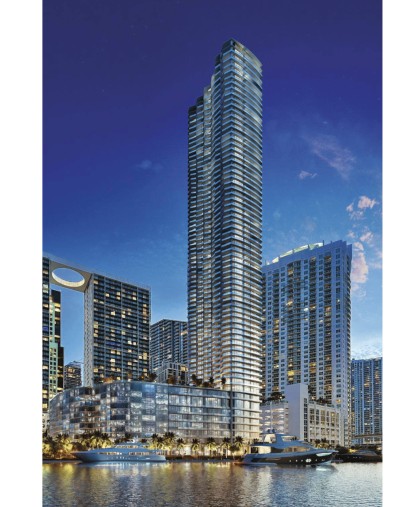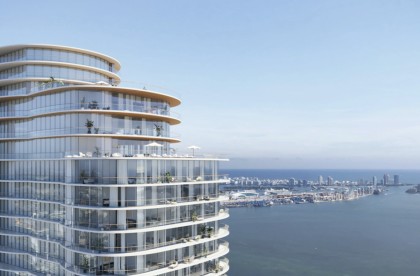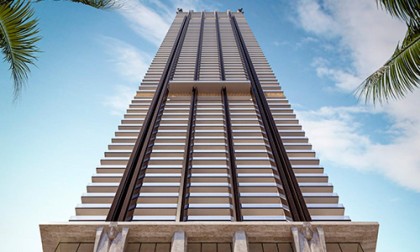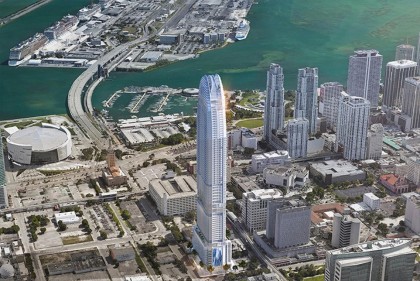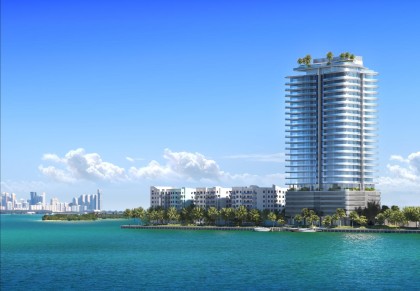Miami’s Population Surges by 10.1% Since 2020, Boosting Density and Real Estate Prospects
Recent data from the U.S. Census Bureau reveals that Miami’s population has grown significantly since 2020, adding over 44,000 new residents in just four years. This growth not only strengthens the city’s status as a global destination but also has major implications for the real estate market, urban planning, and property investment strategies moving forward.
Population Growth and Density Trends
As of July 1, 2024, Miami’s population reached an estimated 487,014 residents, up from 442,244 on April 1, 2020. That marks an impressive 10.1% increase, adding 44,770 people to the city’s already dense urban core.
This population boom has occurred despite Miami’s fixed land area of just 35.68 square miles, causing a sharp rise in population density. According to new calculations, the city's density now stands at approximately 13,650 residents per square mile, placing it just behind Boston, which has seen a population decline since 2019.
A prior 2019 study by Filterbuy had ranked Miami as the fourth most densely populated large city in the U.S., trailing only New York, San Francisco, and Boston. With the latest figures, Miami’s position on this list continues to strengthen.
What This Means for the Real Estate Sector
The sharp population increase is a clear indicator of rising demand for residential and commercial properties. As more people move to Miami, the need for housing, office space, and lifestyle amenities expands—leading to potential property shortages, price appreciation, and vertical development trends.
This environment offers both opportunities and challenges. Developers are likely to pursue high-density projects like condominiums, mixed-use towers, and transit-oriented developments. Meanwhile, zoning regulations and city infrastructure may need to adapt quickly to accommodate the growing demand.
Expect to see greater interest in luxury high-rises, co-living spaces, and micro-units that make efficient use of limited land area while meeting lifestyle needs.
What This Means for Investors
For real estate investors, these population dynamics present a strong growth narrative. High demand often correlates with rising rental yields, capital appreciation, and stable occupancy rates. This positions Miami as a prime investment destination not only for U.S. buyers but also for international capital.
The city’s increasing density supports long-term value for strategic properties in Downtown Miami, Brickell, Edgewater, and beyond. Investors with foresight into Miami’s upward trajectory can benefit from early positioning in new developments, redevelopment zones, and condo-hotel projects.
Moreover, Miami’s continued population rise confirms its economic resilience, bolstered by favorable tax laws, pro-business policies, and its growing status as a hub for finance, tech, and culture.


